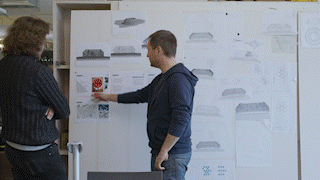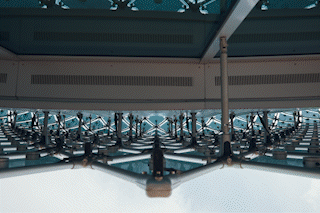History
Valentin Spiess, who would later found iart, graduates as an electrical engineer. He assumes responsibility for the technical implementation of festivals as well as art and theatre productions and joins the Basel-based VIA artists’ cooperative. There he supports numerous projects by the vanguards of video art at the time.
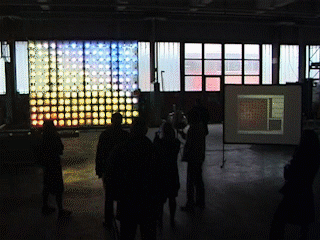
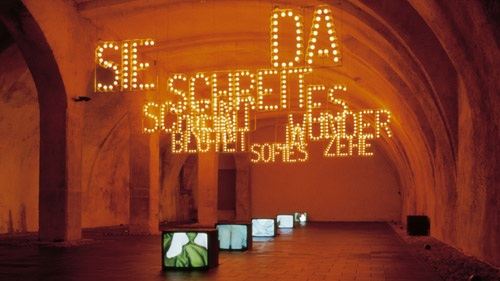
"iart Valentin Spiess" is founded as an engineering firm specialising in art and technology.
The idea of media architecture was a hallmark of the very first iart project: an interactive facade installation built for the Schauspielhaus Graz, conceived together with the artist Muda Mathis.
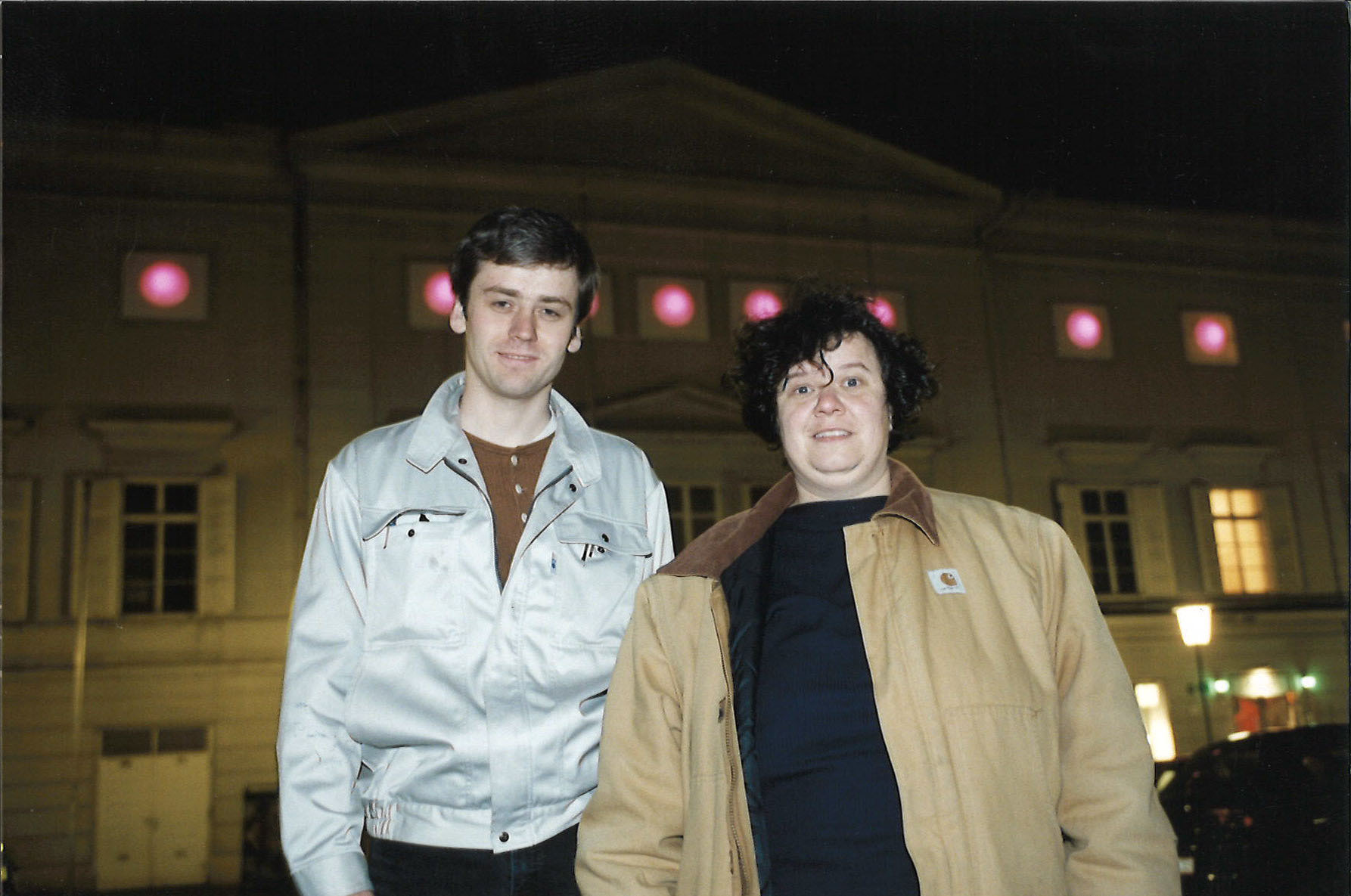
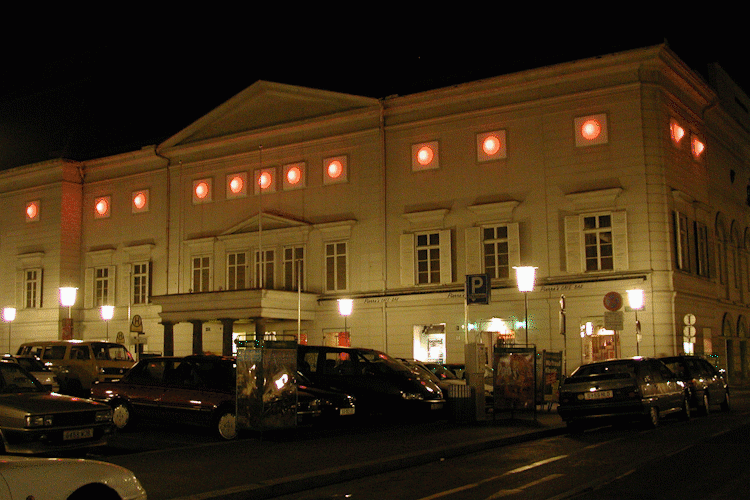
For the Museum of Communication in Bern, iart develops and realises interactive media installations for the permanent exhibition "so near and yet so far: People and their Media". It is the first major commission from a museum.

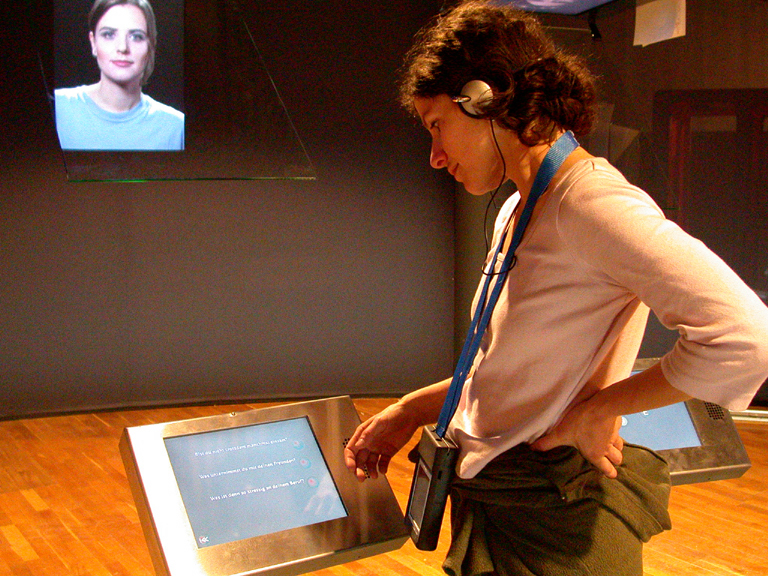
The first research project: Together with iart and other business partners, the Academy of Art and Design (HGK) in Basel investigates the potentials of augmented reality in design. Three additional research projects on AR are carried out through 2010.

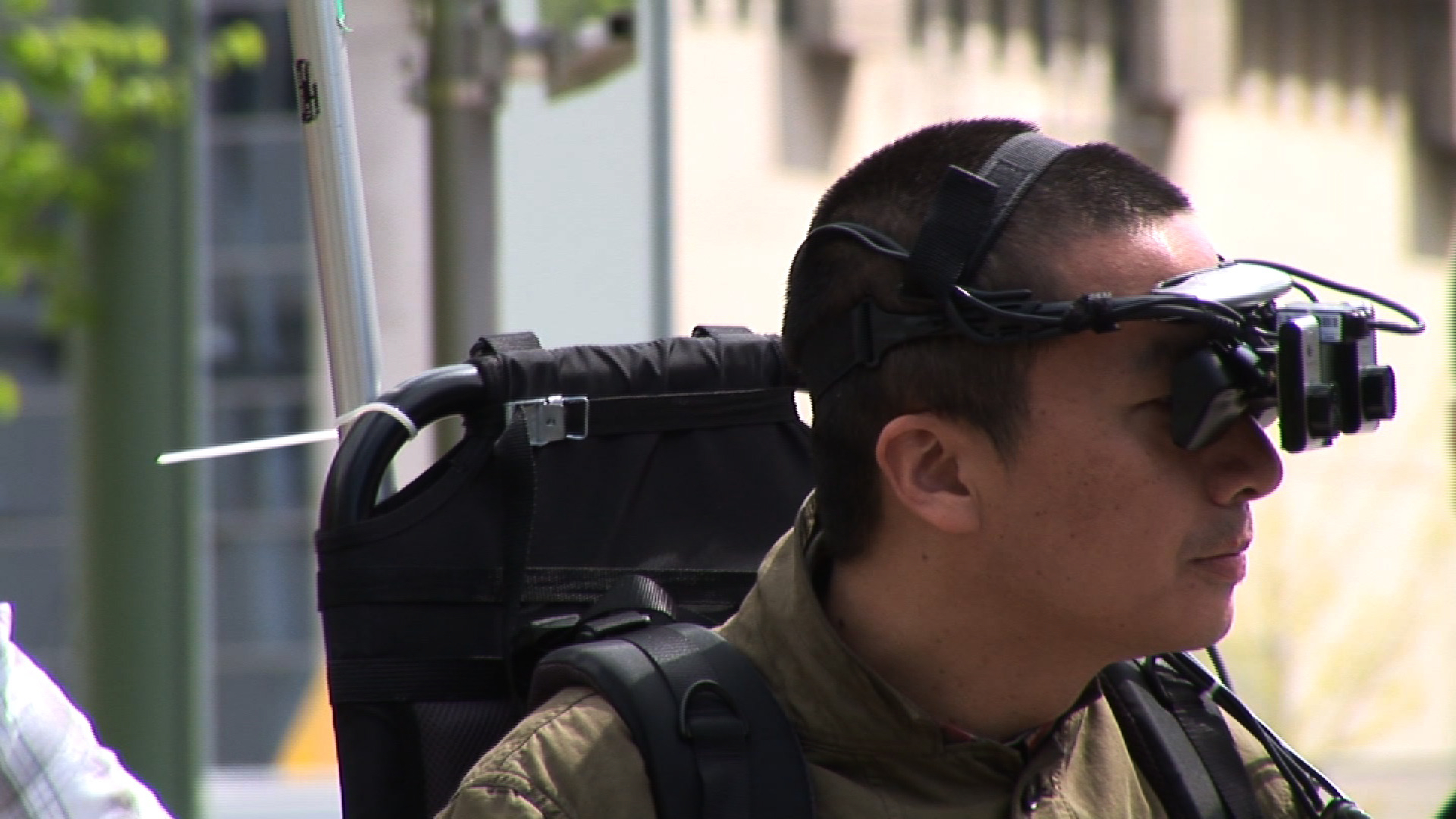
The firm is converted into a public limited company and is renamed "iart interactive ag". Hardware and software development is separated out as "tegoro solutions ag".
iart starts to also work outside of Europe. As part of the artist group Panorama2000, iart designs and realises the Swiss Pavilion at Expo 2005 in Aichi, Japan.
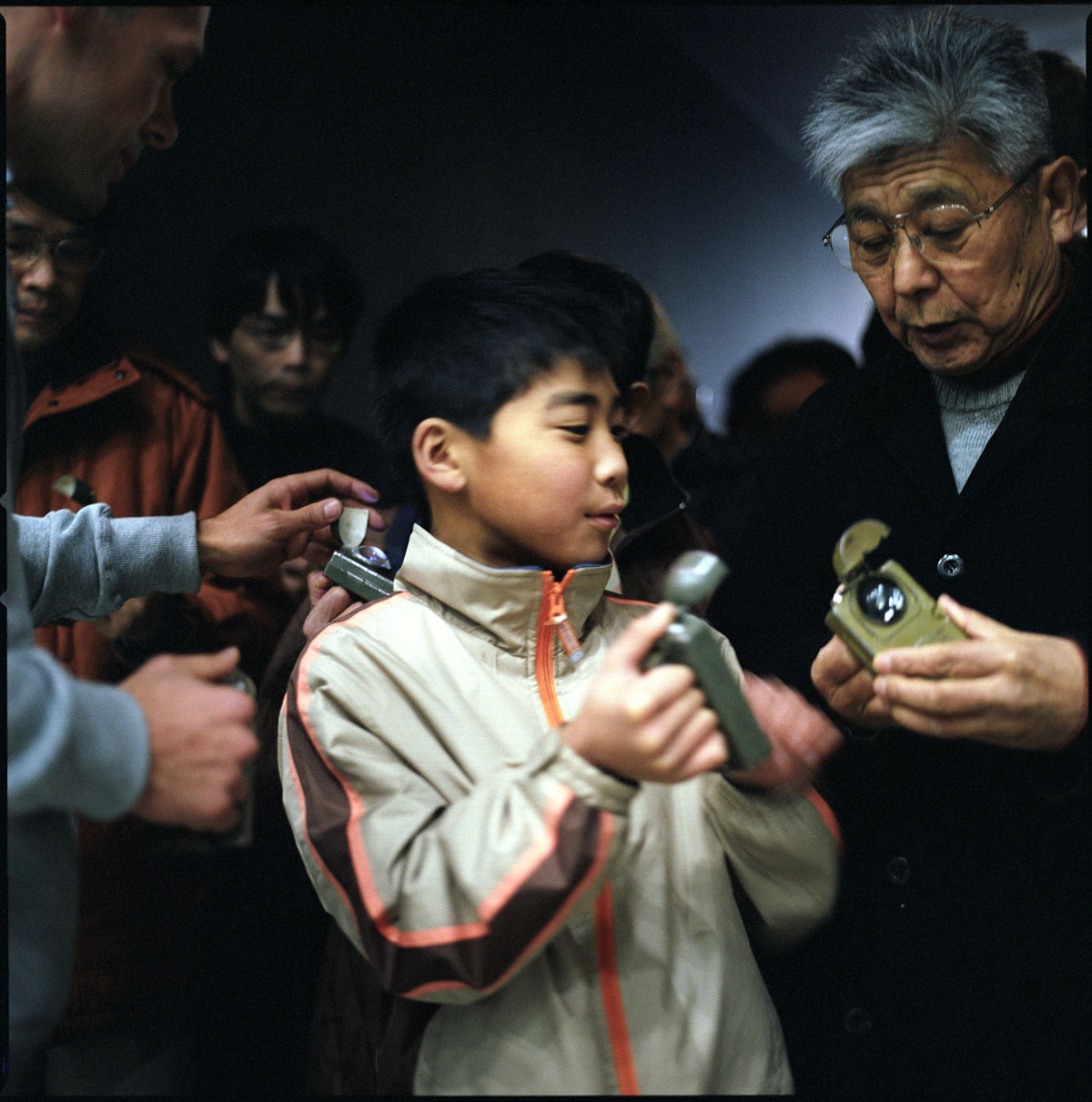
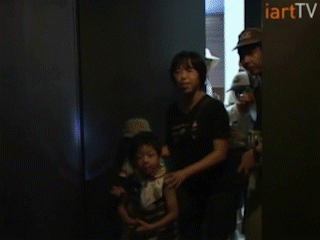
The first commission from a major corporation: Together with the museum designers hg merz, iart conceives and designs the media installations for the Mercedes-Benz Museum in Stuttgart.
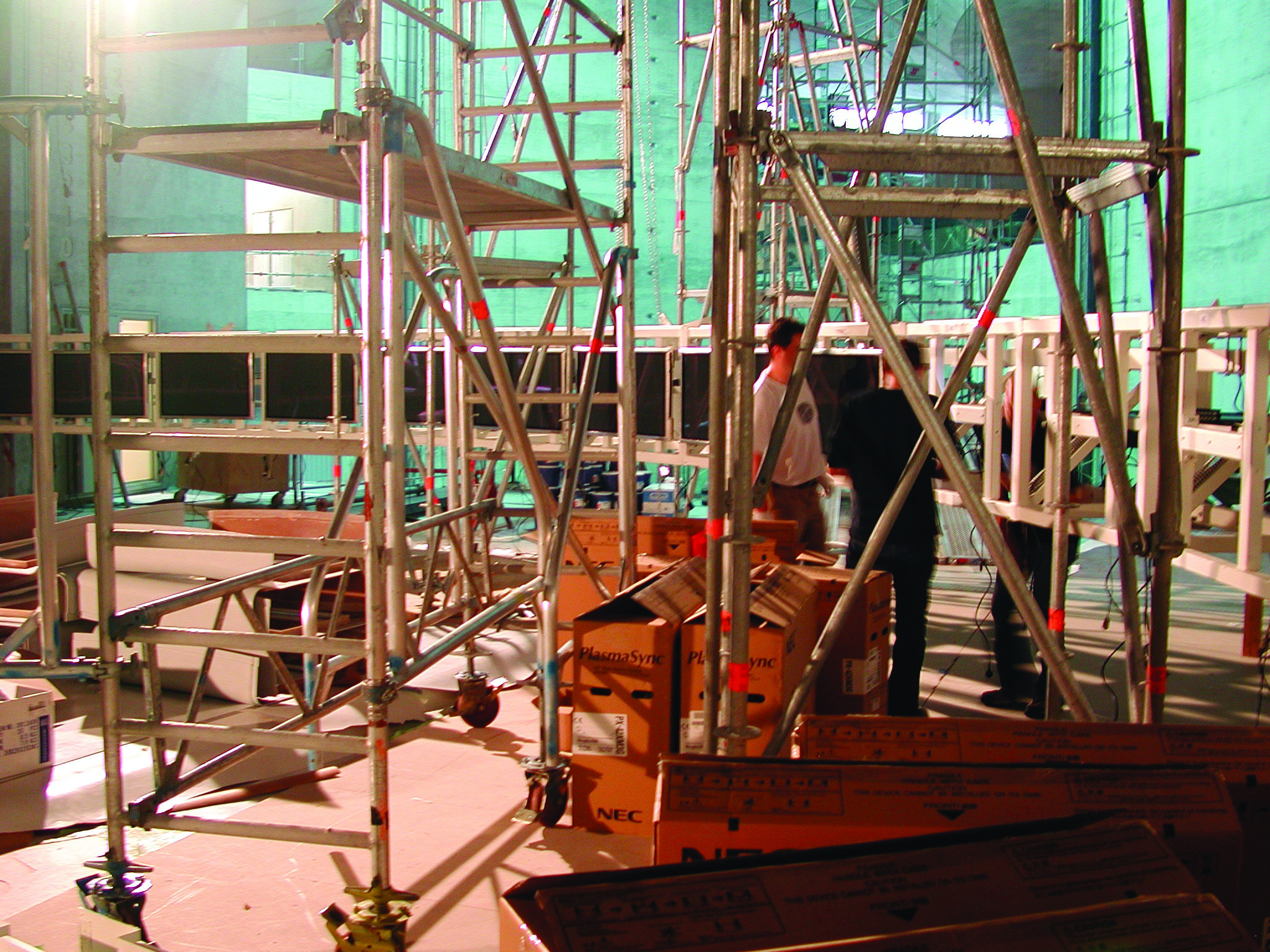
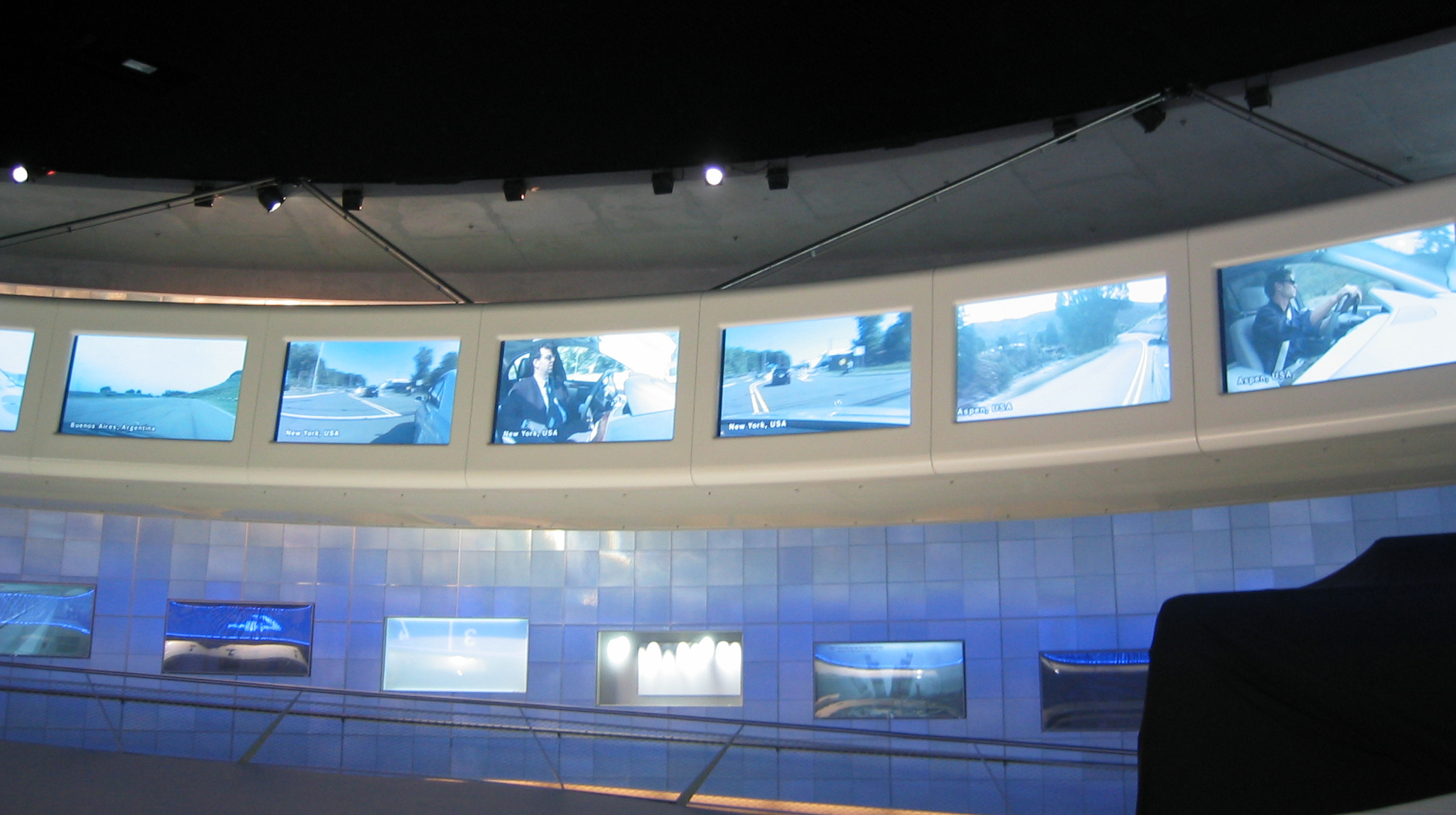
iart uses agile methods for the first time to organise its work process. In the following years, these methods are adapted to iart’s needs and become a core element of the company’s culture.
First visitor centre: iart realises complex media installations for the "Universe of Particles" at CERN.
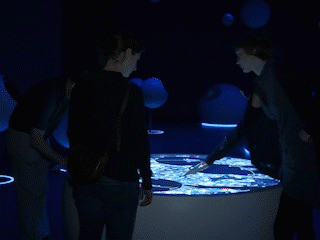
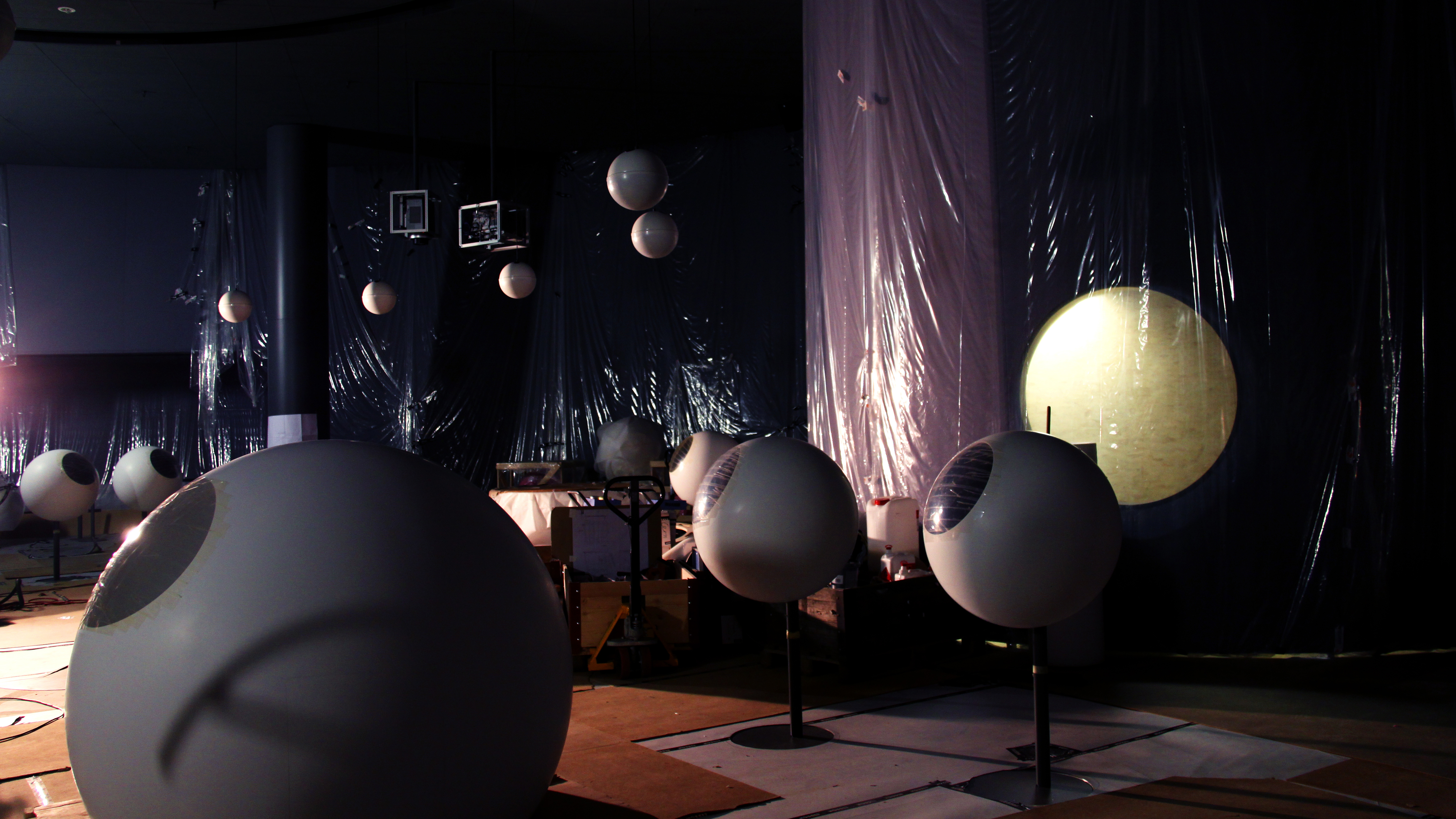
The Swiss Pavilion at the Expo in Shanghai opens. iart is responsible for the media components of both the facade and the exhibition itself.
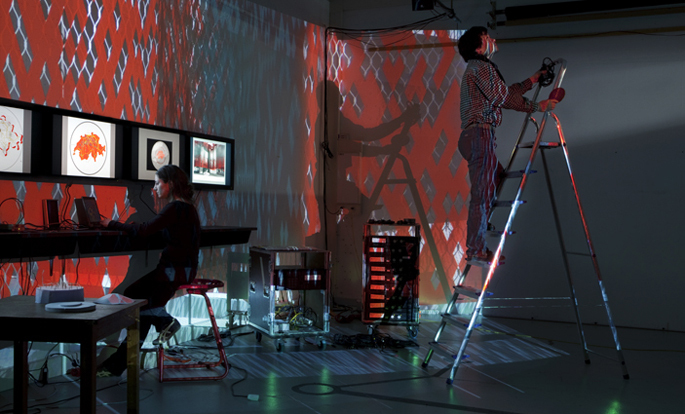

"iart interactive" and "tegoro" merge to create "iart AG". Now iart can offer everything from a single source, from conception to implementation and operation. The Executive Board now consists of five members.
With the opening of the 2014 Winter Olympics in Sochi, the kinetic facade of the MegaFace Pavilion creates a sensation. The great media echo helps iart to achieve international renown.
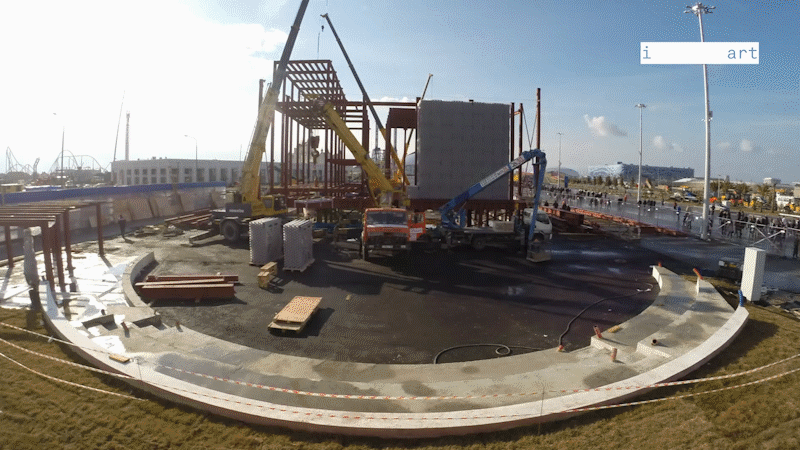
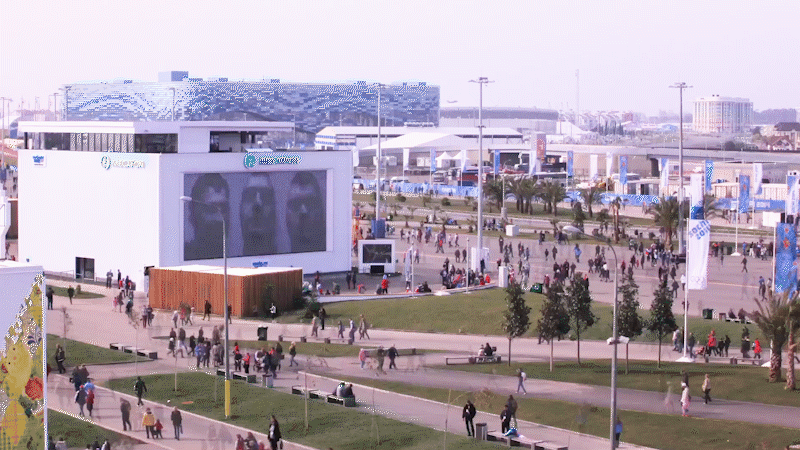
Two case studies begin to bear fruit. iart is a business partner in the HGK research project "Transformative Spaces and Objects", which carries out research into the potentials of organic LEDs – OLEDs for short. Several projects subsequently build on this technology.
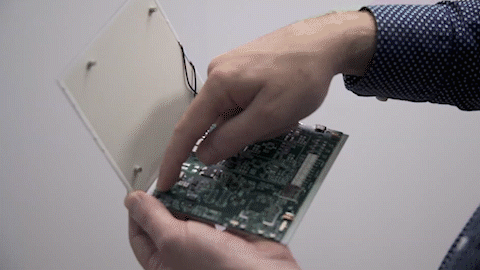
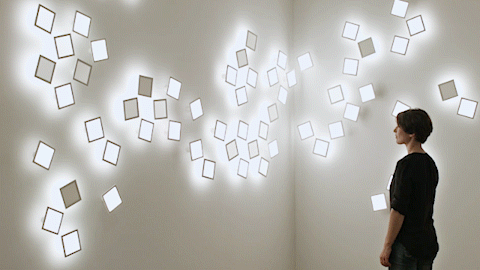
In addition, the interactive books developed by iart have their world premiere in a major exhibition on Paul Gauguin at the Fondation Beyeler. The underlying framework is the product of years of development work. It has subsequently been widely used in museums and visitor centres.
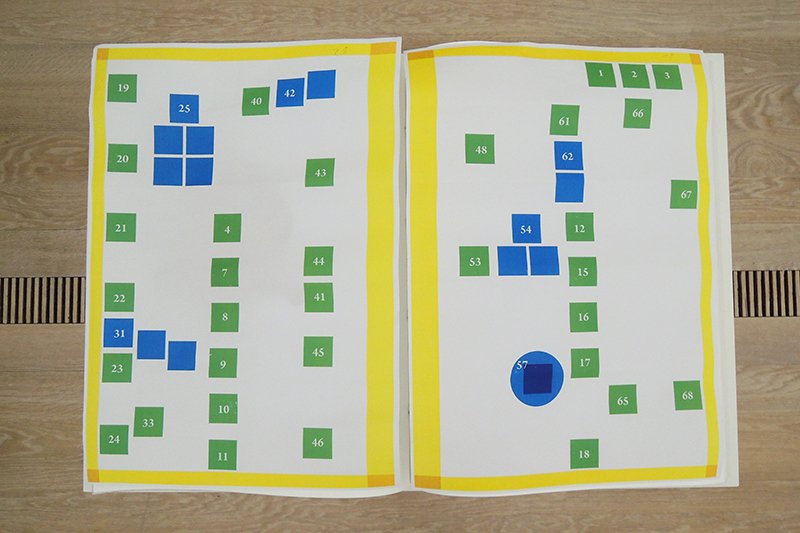
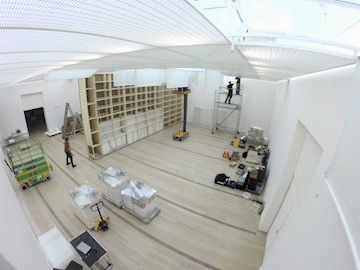
iart moves to Basel’s Campus of the Arts, and in so doing, the company also takes up a place at the heart of the creative sector. The studio affords new opportunities for conferences and workshops, but also for building various prototypes.
In the light frieze on the new building for the Kunstmuseum Basel, media and architecture merge into one. It serves as a paradigm for an integral understanding of media architectures. iart wins 15 high-ranking international design awards.
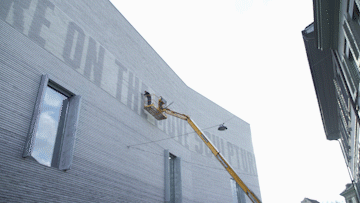
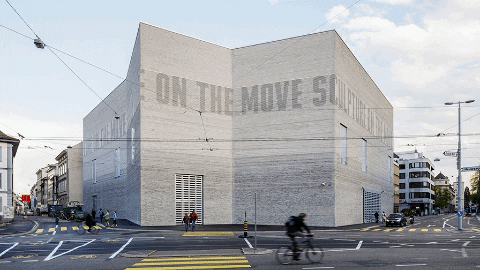
The Schindler CityCenter opens. For the four-storey building, we develop a visitor journey consisting of expansive interactive installations. It's the first time iart has been assigned the general contractor role for a project of this size.
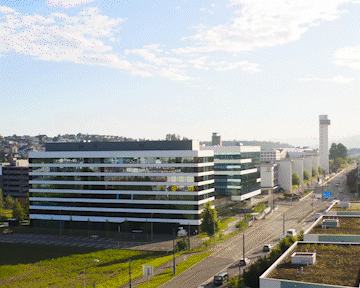

iart celebrates its 20th birthday and continues to build on collegial leadership. The company-wide introduction of service and coordination circles optimally leverages the decision-making competence of our fifty-strong team.
We develop the world's first zero-energy media façade. The semi-transparent photovoltaic cells of the Novartis Pavillon generate all the electricity consumed by the LEDs inserted into them. The project wins 22 major design and architecture awards.
